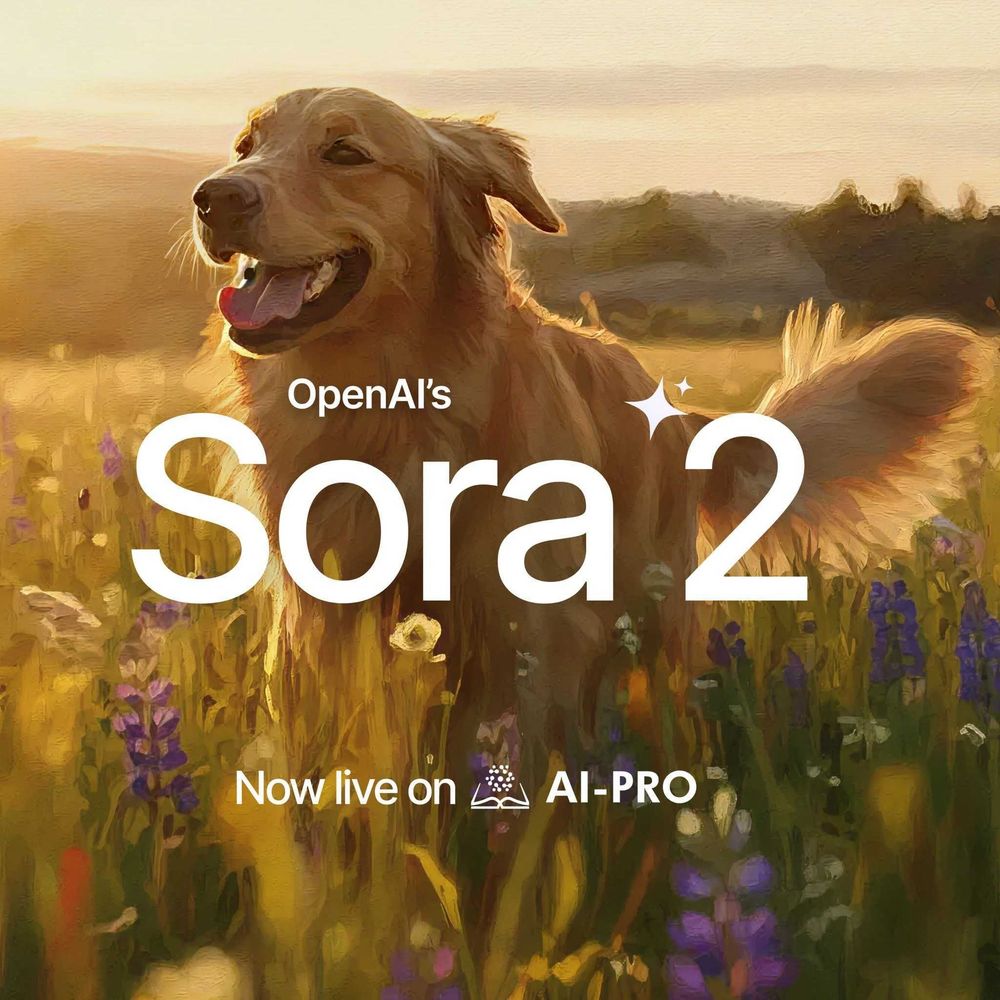The landscape of artificial intelligence has been dramatically transformed by the rapid rise of Language Learning Models (LLMs). These advanced AI systems have revolutionized the way we interact with technology, providing unprecedented capabilities in understanding and generating human language. With the proliferation of LLMs, it has become increasingly important to recognize that each model serves a unique and specific purpose. This makes comparing and contrasting different models essential to finding the one that best meets your needs and goals. As LLMs continue to evolve and expand their applications, selecting the right model becomes crucial for achieving optimal results in various tasks. In this guide, AI Compare: Introducing the Best Tools to Evaluate LLMs, we’ll help you navigate the complex landscape of this technology by outlining key parameters for evaluation and introducing powerful tools that facilitate effective comparison. By understanding the intricacies of different models, you can make informed decisions that align with your specific objectives and harness the full potential of AI technology.
Introduction to Large Language Models (LLMs)
 Language Learning Models (LLMs) are the powerhouses of modern artificial intelligence, designed to comprehend, generate, and manipulate human language with astonishing accuracy. Think of them as the brain behind chatbots, virtual assistants, and automated content creators. Models like OpenAI's GPT series, Google's BERT, and Meta's RoBERTa are prime examples, each capable of performing a myriad of language-related tasks from answering complex questions to drafting essays and translating languages. The magic lies in their underlying technology, which leverages deep learning and neural networks. These models are trained on colossal datasets that encompass diverse text sources, allowing them to grasp the subtleties of human language. Central to this technology are transformers, a type of neural network architecture that processes text in parallel, significantly enhancing efficiency and scalability. The training process involves two key stages: pre-training, where the model digests vast amounts of text, and fine-tuning, where it hones its skills on specific tasks to achieve exceptional performance. In the grand tapestry of AI, they are the threads that weave together innovation and functionality. Their impact is profound and far-reaching. In customer service, LLMs power chatbots and virtual assistants, delivering instant, accurate responses that elevate user experience. While in content creation, they act as co-authors, generating ideas, drafting articles, and even crafting entire pieces of content with a human-like touch. Beyond these applications, LLMs are indispensable in research and data analysis, helping professionals sift through oceans of information to uncover valuable insights. Their ability to understand and generate human language with such finesse marks a revolutionary leap in AI technology, transforming how we interact with machines and opening new frontiers of possibility.
Language Learning Models (LLMs) are the powerhouses of modern artificial intelligence, designed to comprehend, generate, and manipulate human language with astonishing accuracy. Think of them as the brain behind chatbots, virtual assistants, and automated content creators. Models like OpenAI's GPT series, Google's BERT, and Meta's RoBERTa are prime examples, each capable of performing a myriad of language-related tasks from answering complex questions to drafting essays and translating languages. The magic lies in their underlying technology, which leverages deep learning and neural networks. These models are trained on colossal datasets that encompass diverse text sources, allowing them to grasp the subtleties of human language. Central to this technology are transformers, a type of neural network architecture that processes text in parallel, significantly enhancing efficiency and scalability. The training process involves two key stages: pre-training, where the model digests vast amounts of text, and fine-tuning, where it hones its skills on specific tasks to achieve exceptional performance. In the grand tapestry of AI, they are the threads that weave together innovation and functionality. Their impact is profound and far-reaching. In customer service, LLMs power chatbots and virtual assistants, delivering instant, accurate responses that elevate user experience. While in content creation, they act as co-authors, generating ideas, drafting articles, and even crafting entire pieces of content with a human-like touch. Beyond these applications, LLMs are indispensable in research and data analysis, helping professionals sift through oceans of information to uncover valuable insights. Their ability to understand and generate human language with such finesse marks a revolutionary leap in AI technology, transforming how we interact with machines and opening new frontiers of possibility. 7 Key Parameters to Compare LLMs and AIs

When it comes to selecting the right LLM or AI model for your needs, it's essential to delve into specific parameters that can make or break your choice. Let's explore the critical factors you should consider.
-
Accuracy and Performance
Accuracy is the cornerstone of any LLM’s effectiveness. Evaluating an LLM’s accuracy involves looking at various performance metrics such as BLEU (Bilingual Evaluation Understudy), ROUGE (Recall-Oriented Understudy for Gisting Evaluation), and other accuracy rates. These metrics provide a quantifiable measure of how well a model understands and generates text. For instance, in a case study comparing GPT-4 and BERT, GPT-4 might score higher in generating creative content, while BERT excels in understanding and answering factual questions. By examining such case studies and performance benchmarks, you can get a clearer picture of which model suits your specific needs.
-
Training Data and Pre-training Techniques
The quality and quantity of the training data are pivotal in shaping an LLM’s capabilities. Models trained on vast, diverse datasets tend to perform better, as they have a broader understanding of language nuances. Additionally, pre-training techniques—how the model initially learns from the data—play a significant role. For example, some models use masked language modeling, while others might employ autoregressive techniques. Understanding these methodologies can help you gauge a model's strengths and potential weaknesses.
-
Model Size and Complexity
Model size, often measured by the number of parameters, is another crucial factor. Larger models, with billions of parameters, generally offer more nuanced and sophisticated responses but require substantial computational resources. On the other hand, smaller models are less resource-intensive but may lack the depth of their larger counterparts. Evaluating the complexity and size of a model helps in balancing performance with available resources.
-
Speed and Efficiency
In a world where time is of the essence, the speed and efficiency of an LLM are paramount. This includes inference time—how quickly a model can generate a response—and resource consumption, such as memory and CPU/GPU usage. For instance, a model that delivers high accuracy but takes too long to respond might not be practical for real-time applications. Therefore, striking a balance between speed, efficiency, and performance is crucial.
-
Adaptability and Fine-Tuning
The ability of an LLM to adapt and be fine-tuned for specific tasks is a significant advantage. Some models are designed with flexibility in mind, allowing easy customization to fit particular needs. Fine-tuning capabilities enable you to refine a model's performance on your specific datasets, enhancing its relevance and effectiveness. This adaptability is particularly important for specialized applications where generic responses won't suffice.
-
Language and Multilingual Capabilities
Multilingual capabilities are indispensable in an increasingly globalized world. An LLM’s proficiency across different languages can greatly enhance its utility. Models that support multiple languages and maintain high performance across them are ideal for applications that cater to diverse linguistic groups. For instance, an LLM proficient in English, Spanish, and Mandarin can be a game-changer for multinational corporations.
-
Ethical Considerations and Bias
Ethical considerations and bias mitigation are critical in deploying LLMs responsibly. AI models can inadvertently perpetuate biases present in their training data, leading to unfair or harmful outcomes. Evaluating a model’s approach to bias detection and mitigation is essential. Look for transparency in how the model was trained, the data sources used, and the measures taken to ensure ethical use. This not only enhances the model’s reliability but also builds trust with users. By meticulously assessing these parameters, you can make informed decisions that align with your goals and resources, ensuring you harness the full potential of LLMs and AIs.
6 Tools for Comparing LLMs and AIs

Evaluating different AI models can be a daunting task, but fortunately, several platforms have been developed to simplify this process. Whatever model you’re comparing, these tools provide comprehensive insights into the performance and capabilities of various advanced AI models.
- Chatbot Arena
Chatbot Arena is one of the most popular and reliable platforms for comparing LLMs. Developed by LMSYS (Language Model Systems), Chatbot Arena allows users to interact with and compare the capabilities of multiple AI language models. Currently, the platform hosts 89 different models, with new additions coming constantly. Users can input prompts and see the generated responses from different LLMs side-by-side. They can also customize test parameters, such as temperature, to understand how different settings impact model outputs.
- ChatLabs
ChatLabs is a burgeoning platform that has quickly gained popularity due to its extensive list of AI models, such as Claude 3 Opus, Meta AI Llama 3, GPT-4 Turbo, and Mistral 8x22b. The platform allows users to compare LLMs based on results, accuracy, tokens used, price per query, and speed. New models are often incorporated within one to two days of release, ensuring that users always have access to the most up-to-date AI models. It also offers a prompt library to aid in AI interactions, AI assistants for various tasks, and web search functionality for models that lack native internet access.
- HuggingChat
HuggingChat was developed by the Hugging Face community to serve as a free, transparent, and accessible competitor to proprietary models like OpenAI's ChatGPT. Similarly, it is an open-source AI chatbot that allows users to compare a wide range of AI language models. This platform is invaluable for exploring the latest advancements in conversational AI and for those who prioritize transparency and community-driven development.
- Nat.dev
Nat.dev is an innovative platform that stands out due to its “Compare” functionality. This feature lets users input a prompt and view generated responses from different models side-by-side, helping them effectively assess the strengths and weaknesses of each. However, the platform has transitioned into a paid model due to operational costs. Additionally, it requires users to sign up with a mobile phone number, which might be a consideration for some.
- Replicate Zoo
Replicate Zoo offers a unique approach by allowing users to compare text-to-image AI models. Users can input text prompts and generate images using various models like Stable Diffusion, DALL-E 2, and Kandinsky 2.2. This tool is designed for those interested in evaluating the performance of different AI image generation models, providing valuable insights into how each model interprets and visualizes textual descriptions.
- Multi-Chat
3 Practical Tips for Effective Comparison

When comparing Language Learning Models (LLMs) and other AI systems, following a structured approach can make the process more effective and insightful. Here are some practical tips to guide your comparison efforts:
- Setting Clear Objectives
Defining the goals of your comparison is the first and most crucial step. Understand what you aim to achieve with the AI models. Are you looking for better customer service, more efficient content creation, or advanced data analysis? By setting clear objectives, you can focus on the criteria that matter most to your needs. This targeted approach ensures that your evaluations are relevant and meaningful, helping you select the best model for your specific use case.
- Using Real-World Scenarios
Testing AI models in practical applications provides a clearer picture of their performance in real-world tasks. Instead of relying solely on theoretical benchmarks, use scenarios that mirror actual use cases. For instance, if you're evaluating models for customer service, simulate customer interactions with various queries and issues. This hands-on approach helps you understand how each model performs under realistic conditions, revealing strengths and weaknesses that might not be evident in controlled tests.
- Regular Updates and Continuous Evaluation
A Quick Guide to Multi-Chat
AI-Pro’s Multi-Chat offers a range of features that streamline the comparison process. Users can input prompts and receive simultaneous responses from multiple models, allowing for direct comparison of their strengths and weaknesses. This tool is particularly beneficial for understanding how different models handle the same query, providing a clear view of their unique capabilities and performance variations.
 Here’s a quick step-by-step guide on how to use it:
Here’s a quick step-by-step guide on how to use it: - Access AI-Pro’s Multi-Chat Platform by clicking on this link .
- Choose the AI models you wish to compare from the available list.
- Enter a prompt or question that you want the models to respond to.
- Observe the generated outputs from each model side-by-side.
- Evaluate the responses based on accuracy, coherence, relevance, and other criteria important to your use case.
- Use the comparison data to select the most suitable AI model for your needs.
Find the Right LLM with AI-Pro’s Multi-Chat!

In a world where Language Learning Models (LLMs) are continually evolving and expanding their capabilities, selecting the right model is crucial for achieving your specific goals. By understanding the rapid rise of LLMs and the unique purposes each serves, you gain the ability to harness their full potential. Key parameters such as accuracy, training data, model size, speed, adaptability, language capabilities, and ethical considerations play a vital role in this selection process. Tools like Chatbot Arena, ChatLabs, and AI-Pro’s Multi-Chat provide invaluable platforms for comparing and evaluating different models. They offer detailed insights into how various LLMs perform, helping you identify the one that best meets your needs. AI-Pro’s Multi-Chat, in particular, stands out as a robust solution for side-by-side comparisons, allowing you to see multiple AI responses in one place. As the AI landscape continues to evolve, staying updated with the latest advancements and continuously evaluating your options is essential. By setting clear objectives, using real-world scenarios for testing, and regularly updating your knowledge, you can ensure that you are leveraging the most effective AI tools available. The future of AI and LLMs holds immense promise. With the right approach and tools, you can navigate this rapidly changing landscape with confidence, unlocking new opportunities and achieving exceptional results. We encourage you to explore AI-Pro’s Multi-Chat and other comparison tools to make the most of what the AI world has to offer.





